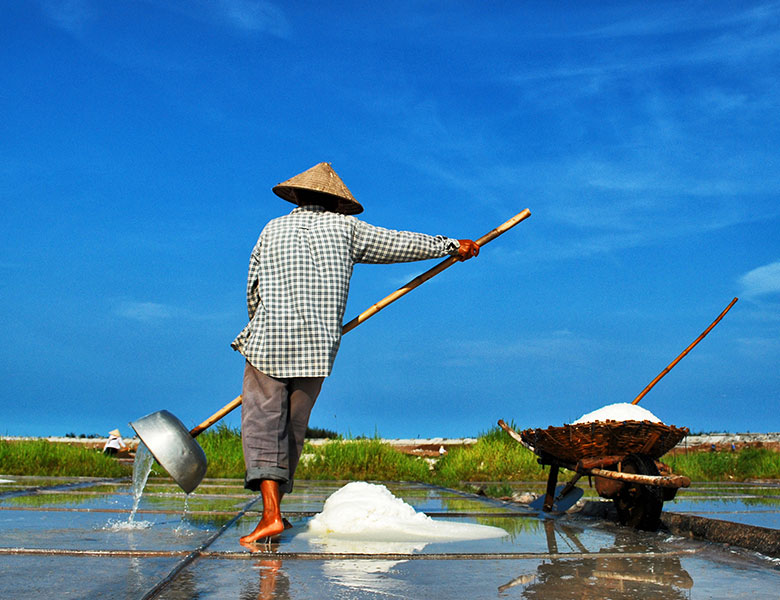China’s rise as a top global mineral consumer and producer creates three key dynamics that we believe investors and policymakers should follow closely.
First, the pursuit of minerals is bringing Chinese miners and energy producers into complex and sometimes dangerous parts of the world. In these zones, the growing presence of Chinese workers on the ground and rising Chinese interests in a secure flow of minerals to be either shipped back to China or traded on the global market increasingly makes Chinese national strategic interests overlap with those of the U.S. in such places as Central Asia and the Middle East.
Gabe Collins and Andrew Erickson, “China’s Economic & Strategic Interests in CENTCOM’s Area of Responsibility: Assessment and Policy Recommendations,” China SignPost™ (洞察中国) 28 (9 March 2011).
Second, China’s mineral leverage is rising. It is the top global producer of strategic rare earth metals. Despite global consumers’ attempts to diversify supply sources over the past several years, Chinese suppliers remain the dominant players, particularly in the area of processing rare earth ores into actual usable materials.
Gabe Collins and Andrew Erickson, “Gray Gold: China’s Rare Earth Power Play, Impacts, and Suggested Consumer Responses,” China SignPost™ (洞察中国) 5 (3 November 2010).
Third, China’s mining and mineral activities are major wealth generators domestically and abroad. Yet becoming tightly levered to a single country that underpins global metals markets in particular has proved costly for many multinational miners, who have had to scramble to reduce investment budgets and find alternative customers such as India because China’s demand for certain base metals has slowed.
Gabe Collins and Andrew Erickson, “Elephant in the Room? Are Mining Companies on Target As They Look to India to Help Compensate for China’s Lost Commodity Demand Growth?”China SignPost™ (洞察中国) 69 (23 December 2012).
On the bullish side, rising mineral demand has created fabulous wealth domestically in China’s coal belt (Shanxi and Inner Mongolia) and this wealth creation engine appears poised to spread to Xinjiang as well in coming years.
Gabe Collins and Andrew Erickson, “Kings of Coal to Barons of Bling? Xinjiang’s Coal Boom Will Drive Sales of Bentleys, BMWs, and Other ‘Bling’,”China SignPost™ (洞察中国) 66 (21 September 2012).
Finally, the past few years have seen Chinese firms become true market movers in key global commodity markets not just as consumers, but also as investors. For instance, potash—a mineral badly needed by Chinese farmers—has in the span of less than 10 years gone from being a salt like compound few people outside the mining and farming communities followed, to becoming a quasi-strategic food security item of broad concern.
Indeed, we estimate that in China, each 10 kilos of pork consumed requires 1 kilo of potash to produce, since Chinese pigs are increasingly fed with potash-hungry corn and soybeans. Similarly, every 44kg of rice eaten in China likely requires 1 kg of potash to grow, with application intensity likely to rise in the year to come as China runs short of arable land and seeks to produce more grain in a relatively constrained physical space.
Gabe Collins, “Salt of the Earth: BHP Billiton’s Bid for Potash Corp Likely to Drive Chinese Potash Investment in Belarus, Russia, and Africa,”China Signpost (洞察中国)™ 3 (18 September 2010).
This and other China Signpost research is in high and growing demand from some of the world’s most sophisticated and exacting consumers of China analysis. As we enter 2014, mining and minerals will remain one of our key areas of focus. China is a big part of that story, and we’ll make sure to keep you posted on key developments and their likely investment impacts.


